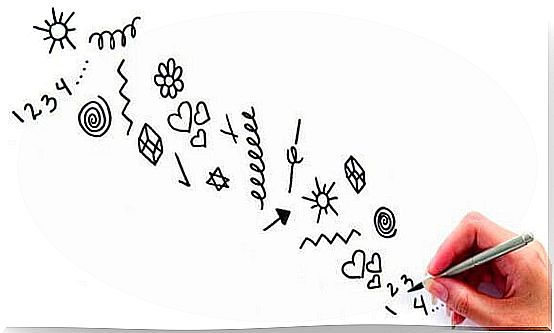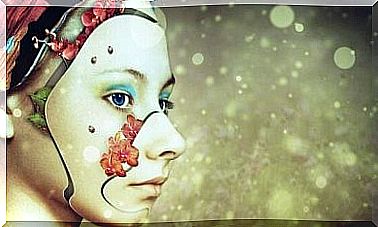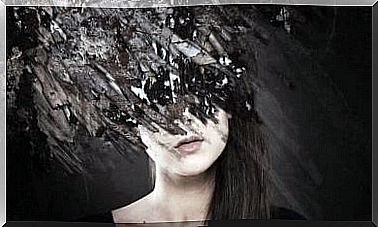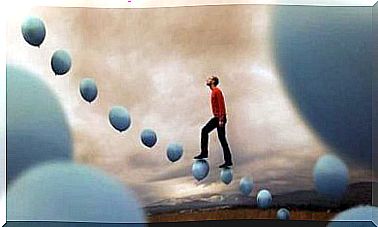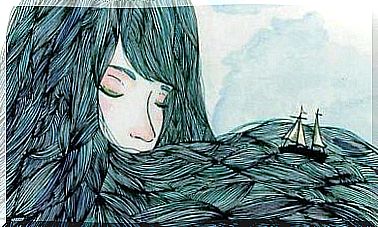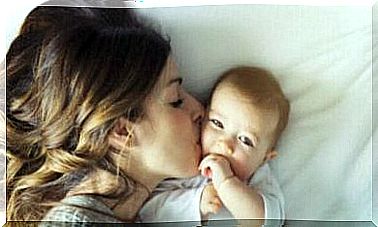What Do Your Random Doodles Mean?
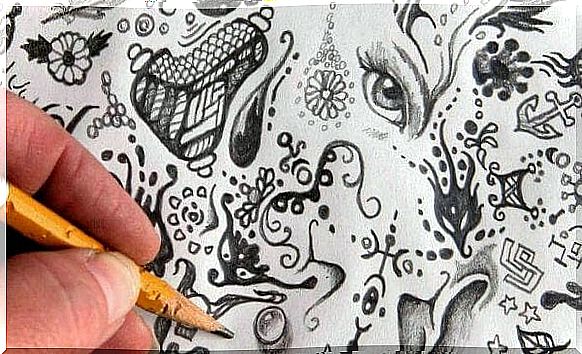
Many people, while talking on the phone or waiting to be seen by someone, take a piece of paper and start drawing. Without realizing it, some of these doodles have started to become part of a routine, and you repeat them over and over again, every time you get the chance.
Although these informal drawings may not say exactly who we are, they may indicate some personality traits that we subconsciously express. We prefer some forms over others because some of them are faithful reflections of our most intimate perceptions.
We must distinguish between sporadic doodles and permanent doodles. Sometimes it is done a few times and then never repeated. Permanent doodles are the favorites, the ones you can’t resist drawing when you have paper in front of you. These are the ones who tell a little about you in ways you may not even know about.
Unconscious doodles
The shape, pressure, and arrangement of the lines that make up these unconscious doodles can point to certain characteristics or emotions that may not have been elucidated. These principles are as follows:
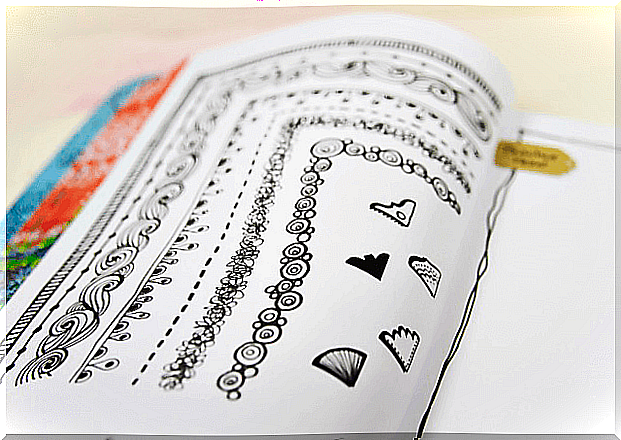
- Geometric lines: This refers to simple geometric shapes (triangles, squares, rectangles, etc.). If there are no embellishments or fillers, the person has probably suppressed their emotions and is trying to control everything through what they think is right. If they are overshadowed, that person is questioning their faith. If some sections are completely white and others are completely black, this person has doubts.
- Straight or strong lines: When the line is drawn with a lot of pressure, or if the person tries to draw it perfectly, this reveals that the person is anxious, concentrating excessively on his problems and tends to be obsessively obsessed. There may also be repressed anger or feelings of aggression that have not been identified. If the line almost breaks the paper, that person is flooded with violence.
- Irregular or zigzag lines or lines: Lines that are broken or zigzag reflect impulsivity. These people accumulate tension, and later they release it at an inconvenient time. In general, they are usually passionate people who give a lot of meaning to emotions.
The form of unconscious doodles
The shapes these doodles take can also indicate the unconscious feelings or perception that inspired them. A proper analysis of these drawings examines both the lines drawn and the shapes they take. According to the drawing types, these are the most important meanings:
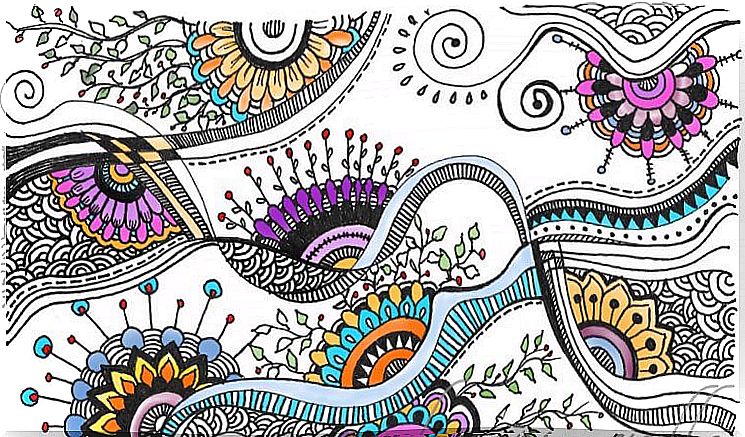
- Arrows: Arrows usually reveal an aggressive component. By this we mean dynamic and impulsive people who tend to take quick action. If the arrows go from left to right, they reflect aggression directed at others. If they go from right to left, the aggression is directed at itself. Arrows as curves indicate that people know how to redirect their energy towards a goal.
- Spirals: Spirals correspond to people who are really egocentric, and therefore it takes a lot of work for them to look past everything that has to do with their own interests. Spirals that end on the left side show that they have a lot of luggage from the past that they have not processed. If they quit on the right side, it shows a great fear of loneliness, which alternates with a strong need to be social, so that they can break away from their own confinement.
- Stars and crosses: People who like to draw stars have a great need to be the center of attention in their social circle. However, if the stars have many points and are empty in the middle, this indicates depression and melancholy. Crosses indicate someone who feels a lot of guilt or heavy weight on the shoulders.
- People: Drawing people is a sign that the person feels defenseless against other people, or who thinks that they are not able to fulfill their responsibilities. This is especially true if the drawings are very small. When the figures are very schematic, like line figures, this reflects a great sense of insecurity, fear of getting close to others, and the need to shut oneself inside oneself.
